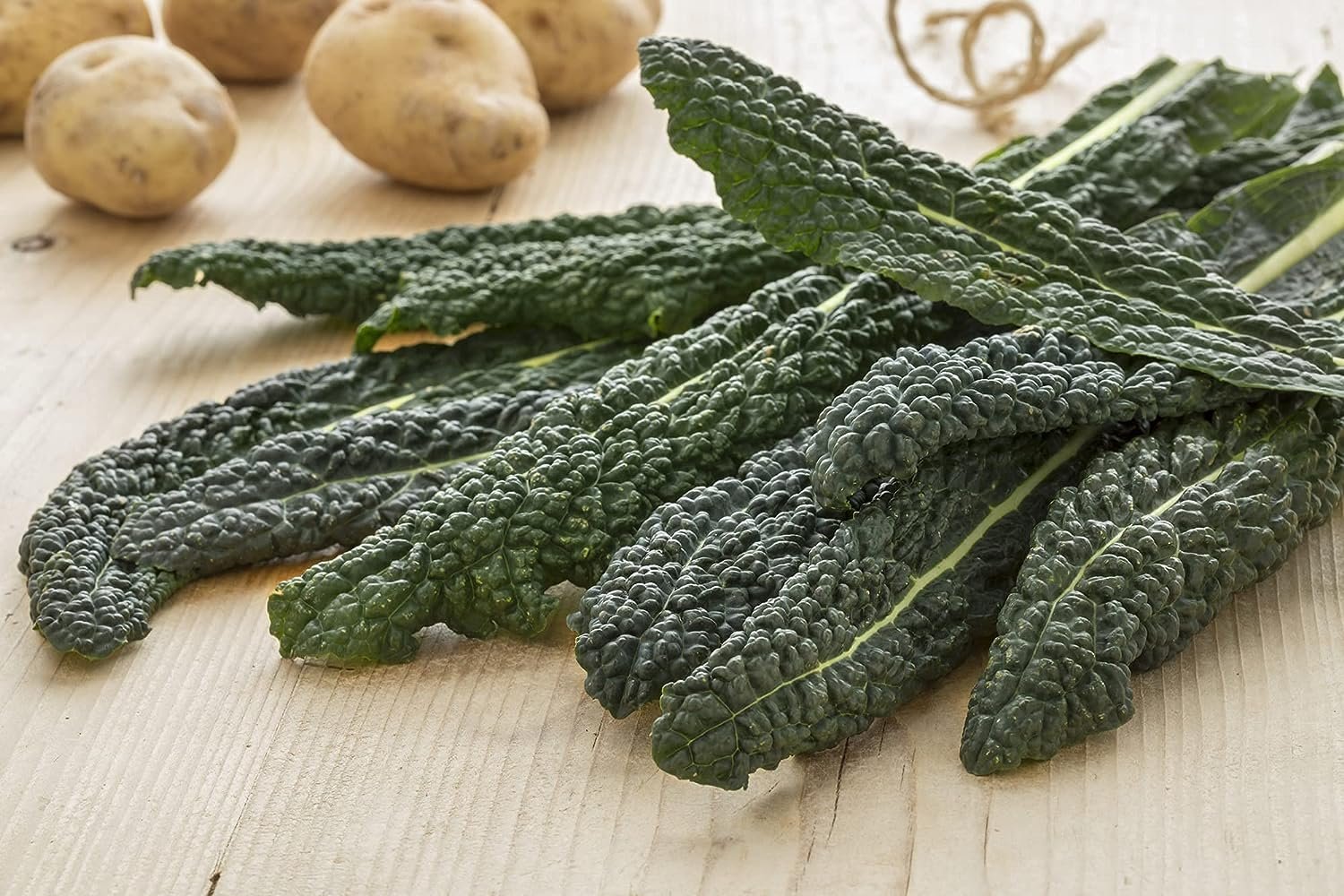Kale
In the past, kale was grown for use as a garnish for salad bars in the USA. Increased consumer demand in connection with its many health benefits encouraged farmers to plant and sell, more of the leafy green.
In Kenya and Tanzania, kale is a key staple in highland farming communities, where it is referred to as sukuma wiki, which in Swahili means “to push the week.
While East African kale is slightly different from the varieties that are grown and eaten in the USA, the use and taste is much the same. Eaten with a thick, maize-based porridge called ugali, kale is what allows many East African families to get through the week, often with little more than a sprinkling of tomato, onion, or a few pieces of meat mixed in.
Health Benefits of Kale
Kale is a member of the cabbage family, contains no fat or cholesterol and is low in sodium. It provides an abundance of vitamins A and C, which help ensure bodies work properly.
Researchers have focused on the impact of lutein levels in kale, with some studies showing that a lutein-rich diet, featuring vegetables such as kale, can help slow macular degeneration along with a number of other positive health attributes.
Although many associate high levels of carotenoids with more colorful vegetables, kale has long been known to have abundant levels of carotenoids, among the highest levels of all vegetables.
According to the National Institutes of Health, dietary carotenoids are thought to decrease the risk of disease, particularly certain cancers and eye disease.
Kale has been grown for centuries, but its resurgence is due to a greater emphasis on healthy diets - eating more fruits and vegetables and including a variety.
Increased intakes of fruits and vegetables may help prevent obesity and may help to reduce risk of chronic diseases, like Type 2 diabetes, cancer and cardiovascular disease.
To incorporate kale in your diet, try adding it to stir-fry, using it as a smoothie ingredient or baking kale chips.



